League form an increasingly accurate barometer for championship

Gráinne Murnane of Red FM and Cork County Board chairperson Pat Horgan presenting the Conroy Cup to Cian Darcy after Sarsfields' win over St Finbarr's in the final of Division 1 of the RedFM Hurling League. Sars have won the last three league titles and reached the county final in each year too, winning twice. Picture: Howard Crowdy
Once upon a time, the county leagues served something of a purpose but only up to a point.
Beginning some time around early-to-mid March, the first two or three matches would be taken fairly seriously as tune-ups for the championship beginning in April or May.
As the leagues were tied fully to the championships - essentially, you could win the league but be playing at a lower level the next year due to relegation in the championship - your first-round game would also double up as a league game. There were even a couple of instances of such matches requiring extra time where the two sides took a league point each due to the level score after 60 minutes.
Then, games would be randomly interspersed across a fairly barren summer where the return to ‘real’ action was dependent on Cork’s progress at inter-county level. For teams going well in the championship, the league fixtures served as handy run-outs; for those already eliminated, there were distractions that were sometimes avoided at the cost of a few pounds due to giving a walkover.
Then, come October or November (or even later), two teams that found themselves near the top of the table by accident would be sent out to play the finals. That didn’t always happen, either: the Conroy Cup went unclaimed for the 2002 Senior Hurling League season after the final - scheduled for St Patrick’s Day 2004 - was unable to be played.
The decoupling of the leagues from championships, giving more divisions and fewer games, helped matters, but it has been since the advent of the split-season that the leagues have really come into their own.
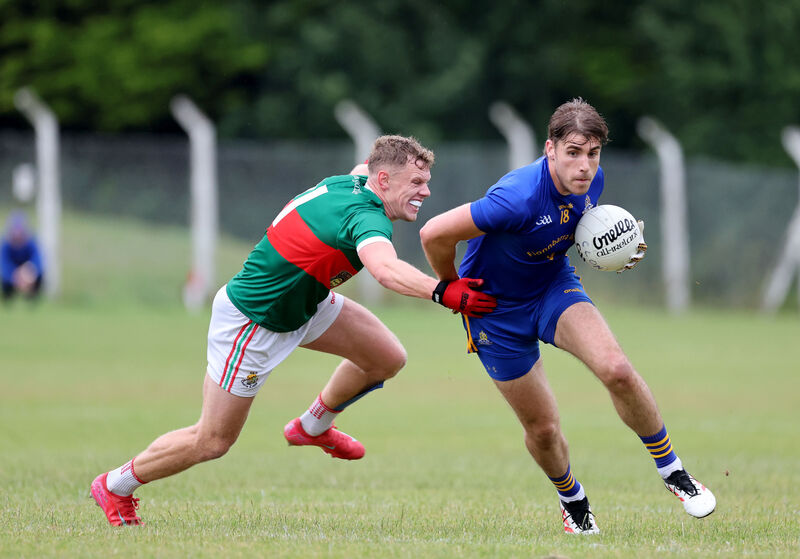
The fixture-list provides clarity, with hurling and football alternating each weekend from February onwards - admittedly with a challenge for dual clubs, given that nine matches must be played in each code - with the finals taking place in early July, allowing for a nice lead-in to the championships.
While the leagues will always suffer from the fact that inter-county players are missing - though there has been a move towards releasing players outside the matchday 26 back to their clubs - the regularity of games was a big step forward. Beyond that, though, there has been another benefit accruing.
If all the league did was provide a steady schedule to allow teams to build towards the championship, that would be fine. However, the spring has also started to act as a fairly accurate barometer of what lies ahead in the autumn.
Sarsfields won Division 1 of the RedFM Hurling League this year, beating St Finbarr’s in the final - an outcome reflected when the clubs would go on to meet in the Premier SHC semi-finals.
It was Sars’ third league title in a row and they have reached the county final in each of those years too. This year, as in 2021, they meat Midleton in the decider - the Magpies had won Division 2 of the league.
Bride Rovers claimed Division 3 and then went on to senior A glory, while the outstanding intermediate A final is between Bandon and Aghabullogue, the winners of Division 4 and Division 5 respectively. Glen Rovers won Division 6 and made it to the Premier JHC final, only losing narrowly to Kilbrittain.
And it’s not just a hurling phenomenon, either. St Finbarr’s beat Clonakilty in the final of Division 1 of the McCarthy Insurance Group Football League and then repeated that in the opening round of the championship - the Barrs would go on to reclaim the Andy Scannell Cup while Clon had a disappointing season and would not emerge from the group.
Division 2 was won by Knocknagree, who then went on to win the senior A title. The team they beat in the league final, Carbery Rangers, are the club they are swapping places with for the 2026 championship.
Uibh Laoire won Division 3 and only lost the Premier IFC final by a point - the team that beat them, Aghabullogue, had banked the Division 4 title. And while the Division 5 and Division 6 winners, Kilmurry and Canovee respectively, did not lift championship silverware, they still made the semi-finals of their respective competitions.
Given the demands now involved in terms of skill, fitness and tactics, it shouldn’t be a surprise that there has been such a convergence but it’s clear that the days of just turning up in the league and then switching it on for the championship are long gone.
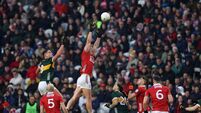
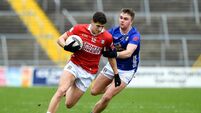

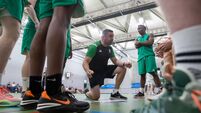
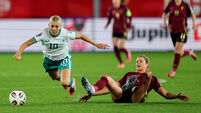




 App?
App?







